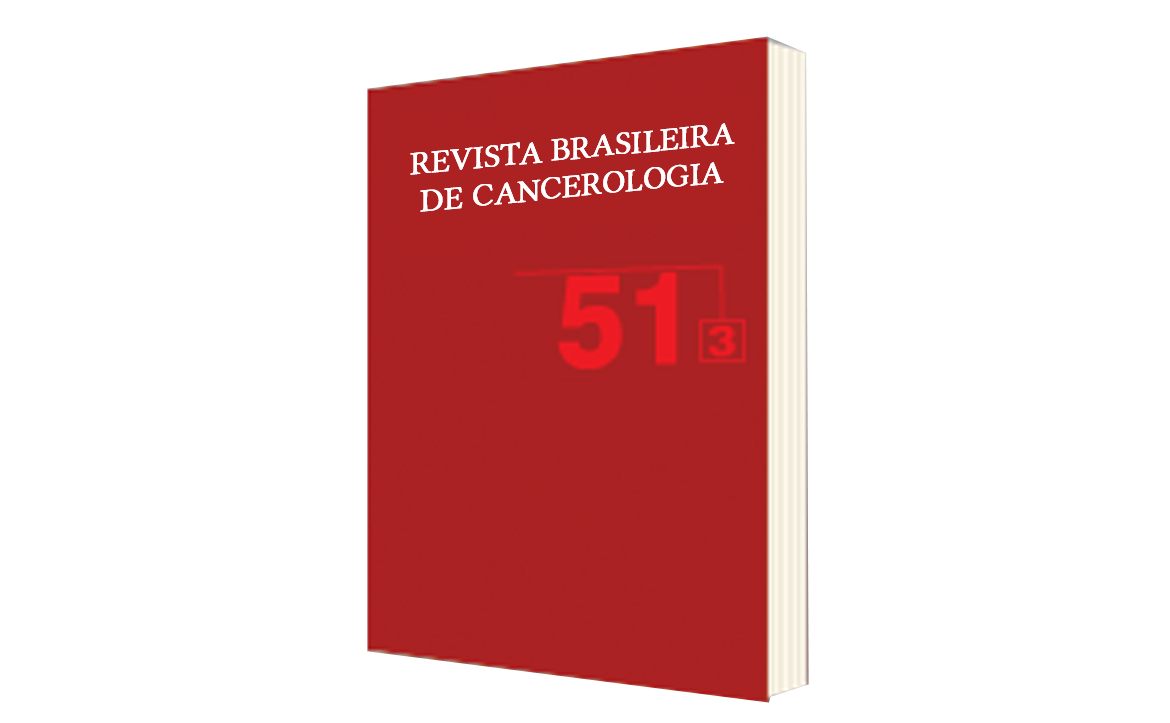Family relationship after the mastectomy: an approach using Roy's interdependence mode
DOI:
https://doi.org/10.32635/2176-9745.RBC.2005v51n3.1948Keywords:
Mastectomy, Family relations, Oncologic nursingAbstract
This is a descriptive study aiming to analyze the family life after the mastectomy, to know interdependency relationships and to identify day by day alterations. Fifteen relatives were interviewed in the period between July and August 2002, with the agreement of the woman and of her relatives. The data were organized based on content analysis Sister Callista Roy's theory, specifying the interdependency mode was used as basis for data analysis. The results showed that illeness improves the relationship for most of the families, increasing confidence and affection. The interdependency grew for most of family member and the changes observed were favorable to family bringing closeness and improving everyboy's health. We conclude that the presence of a sick family member changes positively the emotions of most relatives and they take favorable decisions to health recovery.









